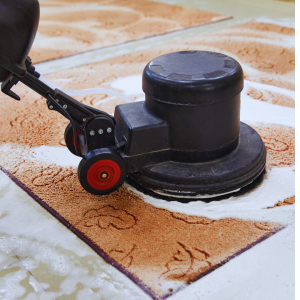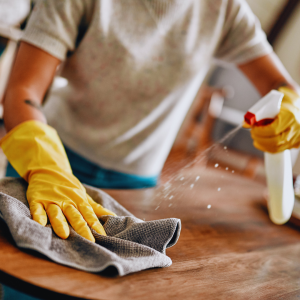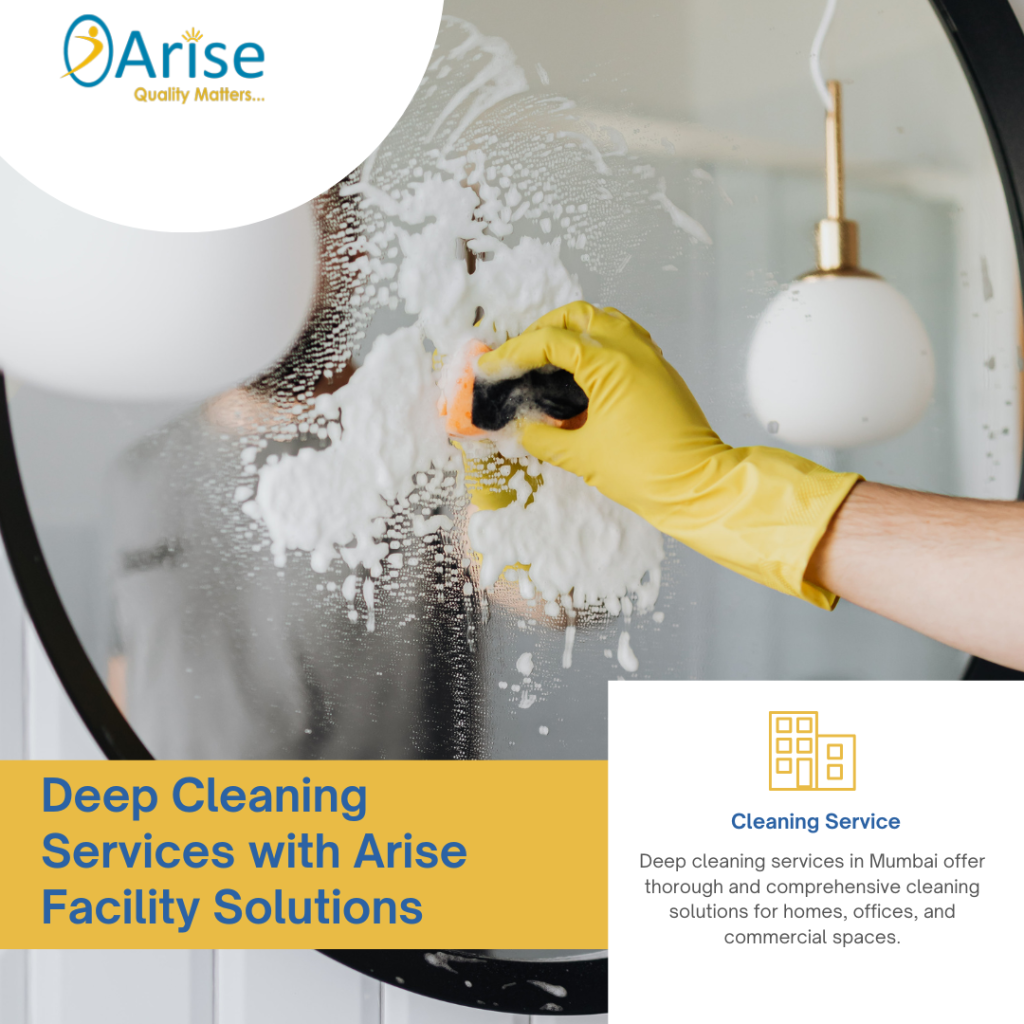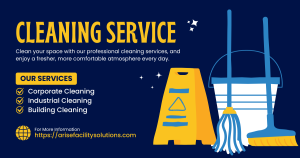Introduction
Maintaining a clean workspace is crucial for safety, efficiency, and productivity in today’s fast-paced industrial environment. Deep cleaning goes beyond regular cleaning tasks, targeting dirt and contaminants that can accumulate over time. At Arise Facility Solutions, we understand the unique challenges faced in industrial cleaning and aim to provide a comprehensive guide to deep cleaning industrial spaces.
Understanding Deep Cleaning in Industrial Settings
What is Deep Cleaning?
Deep cleaning is an extensive process that targets hard-to-reach areas and heavily soiled surfaces. Unlike routine cleaning, which may involve dusting and vacuuming, deep cleaning encompasses a thorough sanitation process. This improves hygiene and extends the lifespan of equipment and facilities.
Get a FREE consultation to reduce your Facility Cost
Why is Deep Cleaning Important?
- Health and Safety: Industrial environments can harbour harmful bacteria, allergens, and contaminants. Deep cleaning helps mitigate
 these risks, creating a safer workspace.
these risks, creating a safer workspace. - Compliance: Many industries have strict hygiene regulations. Regular deep cleaning ensures compliance with safety and health standards.
- Operational Efficiency: A clean environment can improve employee morale and productivity, reducing the likelihood of accidents and downtime.
- Equipment Maintenance: Regular deep cleaning can prevent equipment breakdowns by removing dirt and grime that may affect performance.
Step-by-Step Deep Cleaning Process
Step 1: Preparation and Planning
Before diving into deep cleaning, it’s essential to prepare properly.
- Assess the Space: Walk through the area to identify high-traffic zones and heavily soiled areas. Take notes on specific cleaning needs.
- Gather Supplies: Equip yourself with the necessary cleaning tools, including:
- Heavy-duty vacuum cleaners
- Pressure washers
- Industrial-grade detergents and disinfectants
- Microfiber cloths and mops
- Personal protective equipment (PPE)
Step 2: Create a Cleaning Schedule
Establish a cleaning schedule that minimizes disruption to operations. Consider:Time of Day: Schedule cleaning during off-hours or when activity is low.
- Time of Day: Schedule cleaning during off-hours or when activity is low.
- Frequency: Depending on the level of use, plan for monthly, quarterly, or semi-annual deep cleaning.
Step 3: Remove Clutter
Before deep cleaning, clear the area of any clutter. This may include:
- Equipment
- Furniture
- Supplies
- Any items that obstruct access to surfaces.
Step 4: Dust and Disinfect High Areas
Start at the top and work your way down.
- Ceilings and Light Fixtures: Use a duster or vacuum attachment to remove dust from ceilings and fixtures.
- Walls: Wipe down walls with a damp cloth to remove cobwebs and dust.
- Air Vents: Clean air ducts and vents to prevent dust circulation.
Get a FREE consultation to reduce your Facility Cost
Step 5: Clean Surfaces
Focus on surfaces that require deep cleaning.
- Workstations: Disinfect all work surfaces using industrial-grade cleaners.
- Machinery and Equipment: Carefully clean machinery, following the manufacturer’s guidelines to avoid damage.
- Floors: Depending on the type of flooring, use appropriate cleaning methods (e.g., mopping, scrubbing, pressure washing).
Step 6: Restroom Deep Cleaning
Restrooms are critical areas that require special attention.
- Toilets and Urinals: Scrub and disinfect, focusing on hard-to-reach areas.
- Sinks and Counters: Use strong disinfectants to remove soap scum and grime.
- Floors: Pay extra attention to corners and under fixtures.

Step 7: Dispose of Waste ProperlyEnsure that local regulations dispose of waste. Use appropriate bins for hazardous materials.
Step 8: Final Inspection
After cleaning, conduct a thorough inspection of the space to ensure everything has been addressed.
- Check for Missed Areas: Look for spots that may have been overlooked.
- Gather Feedback: Encourage employees to report any issues or areas needing attention.
Step 9: Implement a Regular Cleaning Schedule
Once a deep cleaning is complete, maintain cleanliness with a regular cleaning schedule. Train employees on proper cleaning practices and encourage a culture of cleanliness.
Additional Tips for Effective Deep Cleaning
- Use Eco-Friendly Products: Consider using environmentally friendly cleaning agents to reduce chemical exposure.
- Involve Employees: Engage staff in the cleaning process. Their familiarity with the space can help identify problem areas.
- Maintain Equipment: Ensure cleaning equipment is well-maintained for optimal performance.
Common Challenges in Deep Cleaning Industrial Spaces
- Accessibility
Some areas may be difficult to reach, require special help, or require multiple tries. Use ladders and long-handled tools to access these spaces safely.
- Heavy Equipment
Cleaning around large machines can be daunting. Always follow safety protocols and, if needed, involve professional cleaners for complex tasks.
- Time Constraints
Balancing deep cleaning with operational demands can be challenging. To minimize disruption, plan cleaning during downtime or after hours.
Get a FREE consultation to reduce your Facility Cost
FAQs About Deep Cleaning Industrial Spaces
What is the difference between routine cleaning and deep cleaning?
Ans: Routine cleaning involves regular tasks like sweeping and dusting, while deep cleaning targets accumulated dirt and contaminants in hard-to-reach areas.
How often should industrial spaces be deep cleaned?
Ans: The frequency depends on the nature of your operations. However, many businesses opt for deep cleaning quarterly or semi-annually.
Are there specific cleaning products recommended for industrial spaces?
Ans: Yes, industrial-grade detergents and disinfectants are recommended for effectiveness. Always follow the manufacturer’s guidelines.
Can I conduct deep cleaning in-house?
Ans: Yes, your staff can manage deep cleaning with proper training and equipment. However, consider hiring professionals for complex tasks.
How can deep cleaning improve workplace safety? Ans: Deep cleaning removes harmful bacteria, allergens, and debris that can lead to accidents and health issues, creating a safer work environment.
Conclusion
Deep cleaning of industrial spaces is essential to promoting safety, compliance, and efficiency. By following this step-by-step guide, your facility can maintain a clean and productive environment. At Arise Facility Solutions, we’re dedicated to helping businesses achieve the highest cleaning standards. If you need assistance with your deep cleaning needs, don’t hesitate to reach out!
By focusing on these elements, you’ll not only improve the cleanliness of your industrial space but also enhance.
Written By: Keshav Dixit








